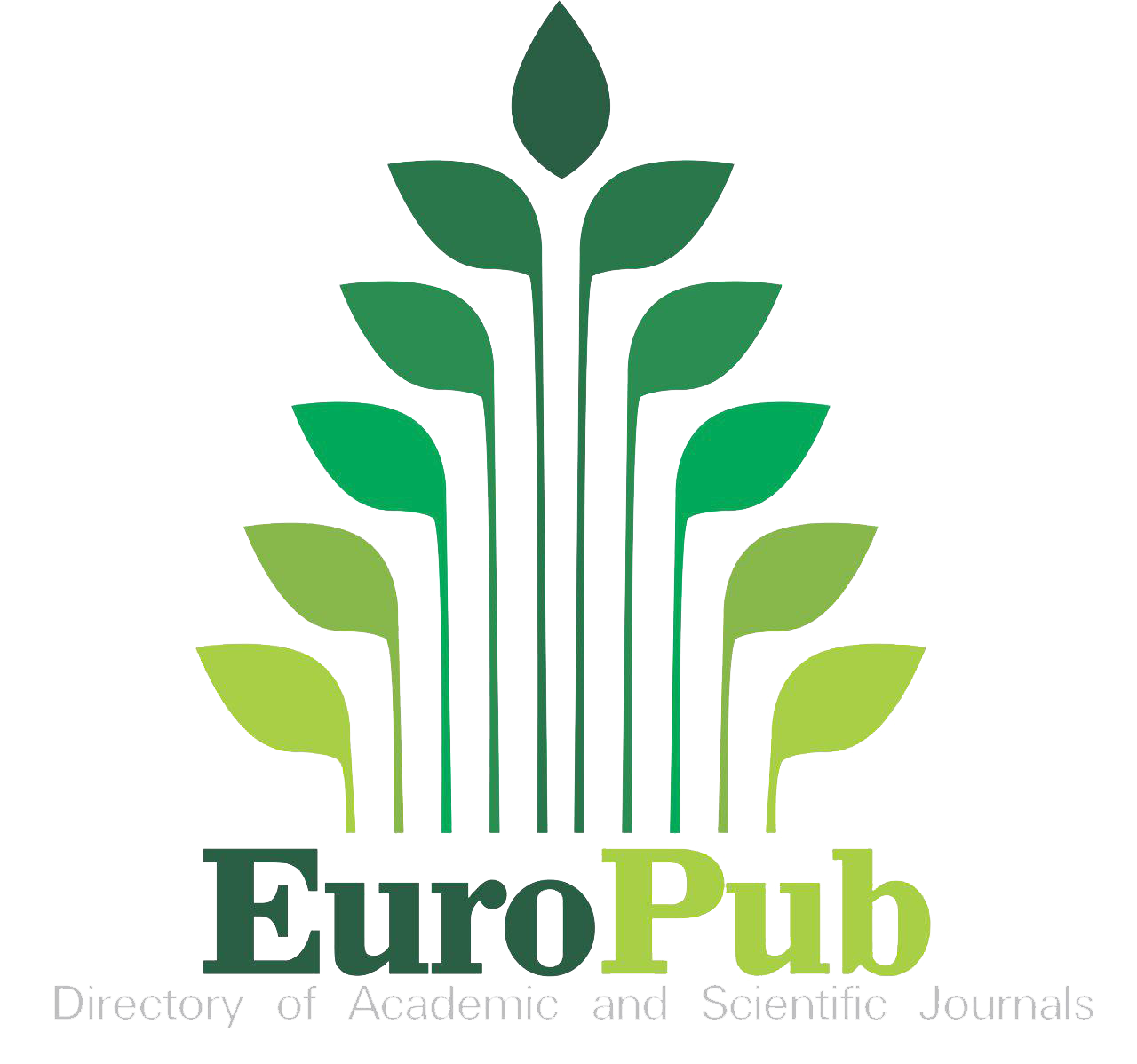FEATURES OF CLINICAL MANIFESTATIONS OF ACUTE DIARRHEAL DISEASES IN CHILDREN DEPENDING ON AGE
13.03.2024
International Scientific Journal "Science and Innovation". Series D. Volume 3 Issue 3
Sharapova G.M., Shadjalilova M.S., Buribaeva B.I.
Abstract. Acute intestinal infections continue to be the most common diseases of childhood after acute respiratory viral infections and are relevant for pediatrics, leading to the development of severe forms of the disease and affecting the further development of the child. [1,2,3]. Among the etiological factors of acute diarrhea, the leading place is occupied by diseases of viral etiology, which accounted for 50%, and the most significant are rotaviruses (36%), noroviruses (17%) [4,5]. Bacterial diarrhea (12%) is dominated by Salmonella (9%), Shigella (5%), Campylobacter (5,5%), Escherichia and opportunistic bacteria, and in 50-80% of cases, acute diarrhea (AD) in children remains etiologically undeciphered [6,7].
One of the areas that requires in-depth study is the assessment of the clinical course of AD in young children, depending on the age and outcome of the disease.
Keywords: gastroenterocolytic, enterocolitic, escherichiosis, hemocolitis, Hemocolitis, exicosis.
References:
1. Kasimov I. A., Shadjalilova M. S., Sharapova G. M., Akhrarova A. R. Clinical and laboratory aspects and causal factors of acute intestinal infections in children at the present stage // Collection of scientific articles of the Republican scientific and practical conference and the 27th final scientific session. –Gomel.- 2017.- pp. 367-370
2. Shadjalilova M. S., Khudoiberganova Ch. K., Osipova E. M. Clinical and pathomorphological analysis of acute diarrhea in children // Journal of Infectology. Collection of materialsof the XI-II All-Russian Congress: "Infectious diseases in children: diagnosis, treatment and prevention” - S-Pb, October 10-11, 2022.- No. 4.- pp. 90-91
3. Shadjalilova M. S., Sharapova G. M., Osipova E. M. Comparative assessment of the clinical course of acute diarrhea in children / / Tibbiyotda yangi kun.- 2022.- №2(40) - P. 552-555.
4. Asilova M. U., Musabaev E. I., Latipov R. R. et al. Features of the clinical course of norovirus infection depending on the age of children // Journal of Theoretical and Clinical Medicine. -2014. -No. 3.- pp. 33-36
5. Eraliev U. E. Seasonal patterns of acute diarrheal diseases in children in Uzbekistan // Bulletin of the Tashkent Medical Academy.- 2017. - No. 1. - pp. 132-134
6. Shadjalilova M. S. Analysis of clinical, epidemiological and microbiological parameters of acute intestinal infections in children // Medical news. -2015.- No.8.-pp. 60-62
7. Buribaeva B. I., Khalilova Z. T. Characteristics of diarrheal coli-infection in children // Infection, immunity and pharmacology. -2022. -No. 2.- pp. 51-59







